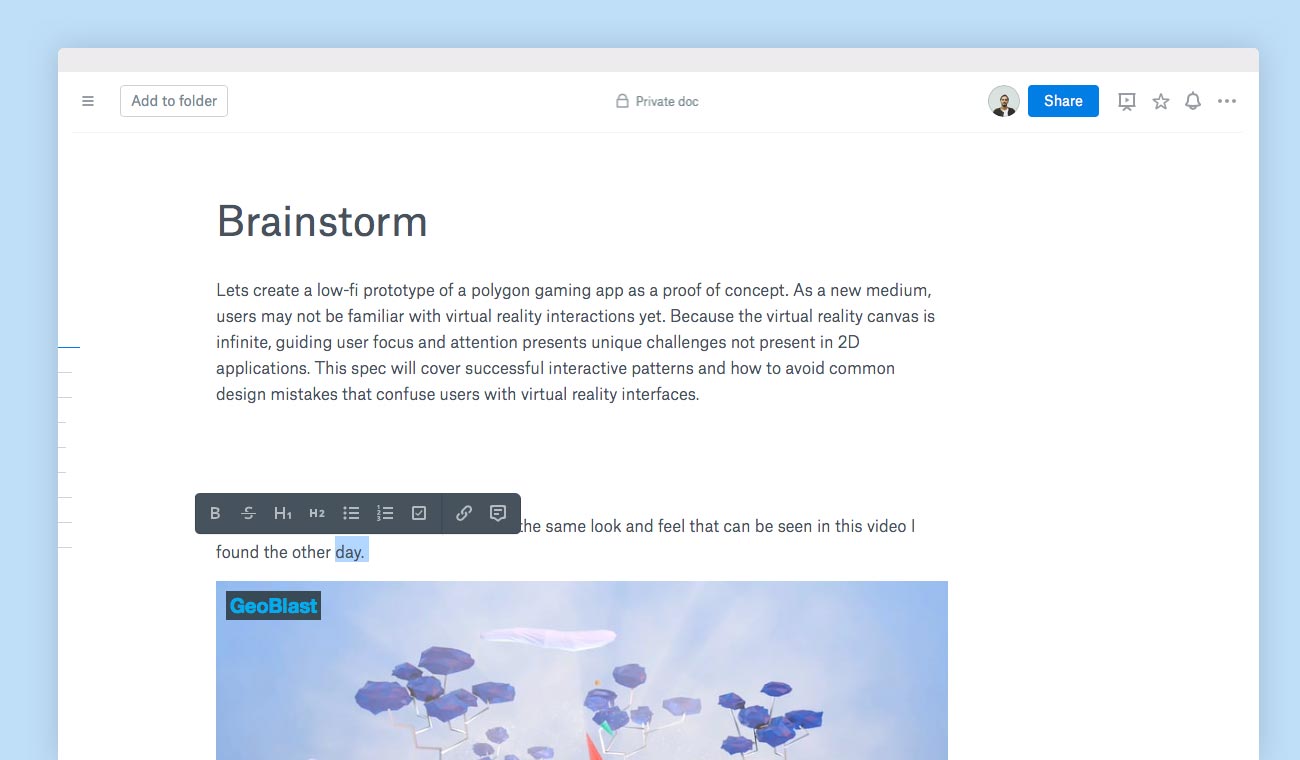Let’s talk about something that’s been buzzing around the internet – Dropbox nude links. If you’ve heard whispers or stumbled upon this term online, you’re not alone. But what exactly does it mean? And more importantly, how does it affect you and your digital life? In this article, we’re diving deep into the world of Dropbox nude links, separating fact from fiction, and helping you stay protected in an increasingly complex online environment.
Now, before we dive into the nitty-gritty, let’s get one thing straight: Dropbox is a legitimate cloud storage service used by millions of people worldwide. It’s not inherently bad or dangerous. However, like any powerful tool, it can be misused by individuals with less-than-honorable intentions. That’s where the concept of "nude links" comes in – and trust me, it’s a conversation worth having.
So, why should you care? In today’s digital age, privacy and security are more important than ever. Understanding how Dropbox can be exploited – and how to protect yourself – is crucial for anyone who uses the internet. Whether you’re a tech-savvy pro or just someone trying to keep your personal information safe, this article has got you covered. Let’s jump in!
Read also:Britney Spears Nude Leaks The Untold Story Facts And What You Need To Know
What Are Dropbox Nude Links? Breaking It Down
First things first – let’s define what we’re talking about. Dropbox nude links refer to instances where unauthorized or explicit content is shared using Dropbox’s file-sharing capabilities. Essentially, someone uploads sensitive or private material (often without the consent of the individuals involved) and shares it via a public link. Sound sketchy? That’s because it is.
Here’s the kicker: Dropbox itself isn’t the problem. The service is designed to be a secure and reliable way to store and share files. However, when people use it for malicious purposes – like sharing nude photos or videos without permission – it becomes a major issue. And unfortunately, this isn’t just a hypothetical scenario. There have been several high-profile cases where Dropbox links were used to distribute intimate content without consent.
How Dropbox Links Work: The Basics
Let’s take a moment to break down how Dropbox links actually work. When someone uploads a file to Dropbox, they can generate a shareable link that allows others to access it. By default, these links are set to private, meaning only people with the link can view the content. However, if someone intentionally or accidentally makes the link public, anyone can stumble upon it – and that’s where things can get dicey.
- Private links: Only accessible to people who have been explicitly granted access.
- Public links: Accessible to anyone with the URL, whether intentional or not.
- Shared folders: A feature that allows multiple users to collaborate on files, but can also be misused for unauthorized sharing.
While Dropbox has implemented measures to prevent abuse, the reality is that no system is completely foolproof. That’s why it’s important for users to understand the risks and take steps to protect themselves.
Why Should You Care About Dropbox Nude Links?
This isn’t just about Dropbox – it’s about the broader issue of privacy and consent in the digital world. When someone shares intimate content without your permission, it can have serious emotional, psychological, and even legal consequences. Victims of non-consensual sharing often experience shame, anxiety, and fear, not to mention potential damage to their personal or professional lives.
Moreover, the rise of revenge porn and other forms of online harassment has made this issue even more pressing. According to a study by the Cyber Civil Rights Initiative, nearly 1 in 8 internet users have experienced some form of non-consensual sharing of intimate images. That’s a staggering statistic, and it highlights the urgent need for awareness and action.
Read also:Sweet Anita Leaks The Untold Story Behind The Viral Sensation
The Legal Implications of Non-Consensual Sharing
Let’s talk about the legal side of things. In many countries, sharing intimate images without consent is considered a criminal offense. For example, in the United States, several states have enacted laws specifically targeting revenge porn. These laws impose penalties on individuals who distribute private content without the subject’s permission, including fines and jail time.
But here’s the catch: enforcement can be tricky, especially when the content is shared across international borders. That’s why it’s crucial for users to take proactive steps to protect their data and report any instances of abuse to the appropriate authorities.
How to Protect Yourself from Dropbox Nude Links
Now that we’ve covered the basics, let’s talk about what you can do to stay safe. Here are some practical tips for protecting yourself from the risks associated with Dropbox nude links:
- Use strong, unique passwords for all your online accounts, including Dropbox.
- Enable two-factor authentication (2FA) to add an extra layer of security.
- Be cautious when clicking on unfamiliar links or downloading files from unknown sources.
- Regularly review your Dropbox settings to ensure that no one has unauthorized access to your account.
- If you suspect that your content has been shared without your consent, report it immediately to Dropbox and law enforcement.
Remember, prevention is key. By taking these simple steps, you can significantly reduce your risk of becoming a victim of non-consensual sharing.
Dropbox’s Role in Addressing This Issue
Dropbox has taken steps to address the issue of unauthorized sharing. The company has implemented policies to quickly remove any content that violates its terms of service, including non-consensual intimate images. Additionally, Dropbox provides resources and support for users who have been affected by abuse.
That said, there’s always room for improvement. As technology continues to evolve, so too must the measures we take to protect ourselves and others. Dropbox has a responsibility to ensure that its platform is as secure as possible, and users have a responsibility to use it responsibly.
Real-Life Examples: The Impact of Dropbox Nude Links
To truly understand the impact of Dropbox nude links, let’s look at a few real-life examples. In 2019, a high-profile case made headlines when a group of hackers leaked thousands of private images using Dropbox links. The victims, many of whom were celebrities, faced widespread scrutiny and harassment as a result. This case highlighted the vulnerabilities of cloud storage services and the need for stronger safeguards.
Another example comes from a 2021 incident where a college student discovered that someone had created a Dropbox folder containing explicit images of her and shared it with classmates. The emotional toll of this breach of privacy was immense, and it underscored the importance of education and awareness in preventing such incidents.
Lessons Learned from These Cases
These examples teach us several important lessons:
- Privacy is a fundamental right that should be protected at all costs.
- Education and awareness are key to preventing abuse and supporting victims.
- Technology companies must continue to innovate and improve their security measures.
By learning from these cases, we can work together to create a safer digital environment for everyone.
Steps to Take if You’re a Victim
If you find yourself in the unfortunate position of being a victim of non-consensual sharing, here’s what you should do:
- Report the content to Dropbox immediately. They have a dedicated team that handles these types of issues.
- Document everything – screenshots, timestamps, and any other relevant information.
- Contact law enforcement and provide them with the evidence you’ve gathered.
- Seek support from friends, family, or professional counselors who specialize in digital abuse.
Remember, you’re not alone. There are resources available to help you through this difficult time.
Supporting Others Who Have Been Affected
If someone you know has been affected by non-consensual sharing, there are several ways you can support them:
- Listen without judgment and offer your support.
- Encourage them to report the incident and seek professional help if needed.
- Spread awareness about the issue and advocate for stronger protections.
Your support can make a world of difference in helping them recover and move forward.
Future Trends in Digital Privacy and Security
As we look to the future, it’s clear that digital privacy and security will continue to be major concerns. Advances in technology, such as artificial intelligence and blockchain, offer promising solutions for enhancing security. However, they also introduce new challenges that must be addressed.
One trend to watch is the increasing focus on user control over data. Companies are beginning to recognize the importance of giving users more say in how their information is stored and shared. This shift is likely to continue as consumers demand greater transparency and accountability.
What You Can Do to Stay Ahead
Here are a few tips for staying ahead of the curve in the world of digital privacy and security:
- Stay informed about the latest developments in technology and security.
- Regularly update your software and apps to ensure you have the latest protections.
- Be proactive in managing your online presence and protecting your personal information.
By staying informed and taking action, you can help create a safer digital world for everyone.
Conclusion: Taking Control of Your Digital Life
In conclusion, Dropbox nude links are just one example of the challenges we face in maintaining privacy and security in the digital age. While the issue is complex, there are steps you can take to protect yourself and support others who may be affected. By staying informed, taking proactive measures, and advocating for stronger protections, we can work together to create a safer online environment.
So, what’s next? We encourage you to share this article with others and start a conversation about digital privacy and security. Together, we can make a difference. And remember – if you ever find yourself in a difficult situation, don’t hesitate to reach out for help. You’re not alone, and there are resources available to support you.
Table of Contents


